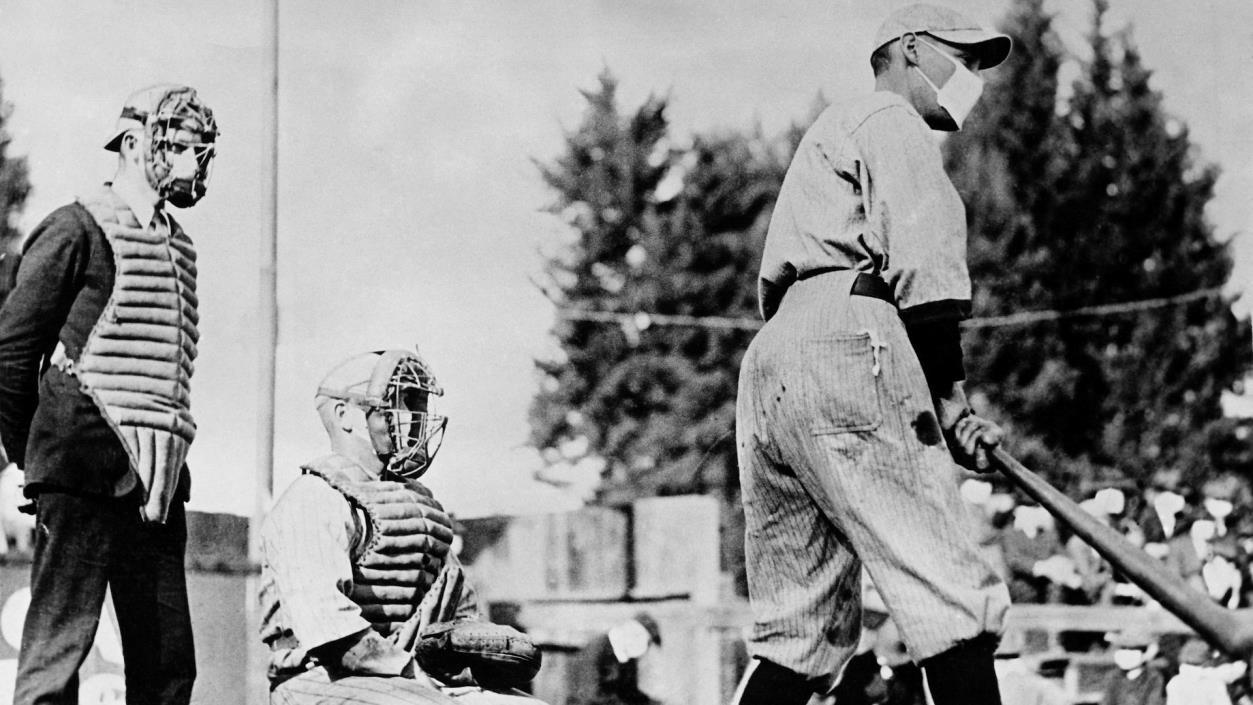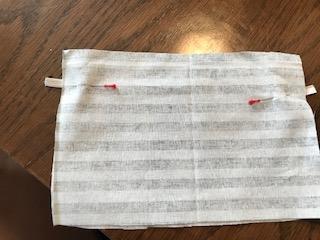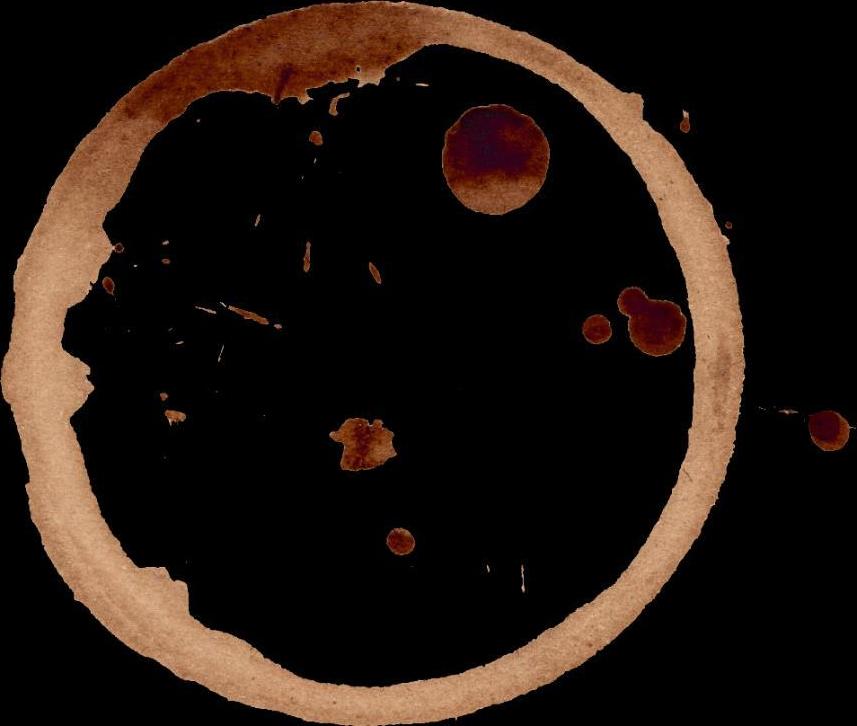
3 minute read
A HISTORY OF PANDEMICS
A History of the Spanish-Flu: Where are we 100 years later?
Aaron Mitchell
Advertisement
We are living through history at the moment due to the Covid-19 Pandemic. As of me writing this, Covid-19 has infected 5.23 million people worldwide. According to the US Centres for Disease Control and Prevention, Covid-19 is the sixth pandemic in recent history, the first being the 1918 influenza Pandemic.
The 1918 influenza Pandemic of the H1N1 virus (more commonly known as the Spanish Flu) is known as the most severe pandemic in recent history. The Spanish Flu pandemic was caused by the H1N1 virus, which occurs in birds. The Spanish Flu got its nickname due to where it was originally thought to come from, however it was actually from New York, USA. It came in three waves, the first was in the Spring of 1918, the second in the Autumn of 1918 and the third in the Winter of 1918. The Pandemic wiped out 50 million people worldwide. Similarly to Covid-19, there was no medicinal response as there was no vaccine or antibiotics available to fight the virus, resulting in people doing things that we are currently doing due to Covid19 such as quarantining, isolation, use of disinfectants and limitations of gatherings.
The Spanish Flu was unique due to the fact that mortality was high in all age groups; it had the ability to kill people who were perfectly healthy and in the 20-40 year old age group. Due to the fact that there was no WHO (World Health Organisation) and that it occurred in the middle of World War I, reporting on the pandemic was slow.
WWI greatly impacted the spread of the Pandemic as many newspapers were censored. Many newspapers had begun censoring in an effort to keep the public patriotic towards the war effort. In the UK this was due to the Defence of the Realm Act, 1914. This Act prevented news that may damage the general public, the King or the war effort. Other countries had similar acts such as The War Measures Act in Canada and The War Precautions Act, 1914 in Australia. Countries throughout Europe were extremely hesitant to expose the deadly virus as it may have caused worry amongst the public.

Spain, however, was a neutral country, which meant that it could report the news fairly with minimal censorship. The flu wasn’t making news in the UK until July, a whole two months later after it had been reported in Spain. The coverup of the flu’s existence has made it historically remembered as the forgotten pandemic, however each time there is another pandemic, people’s interest in the Spanish Flu is renewed.

Doctors really had no clue how to cure the Spanish Flu, and as a result many people died from aspirin poisoning. Doctors today now know that a dose of more than four grams of aspirin is toxic, but at the time this wasn’t known. Many doctors prescribed a dose of 30 grams of aspirin daily to alleviate flu symptoms.

HEROS CALL

The overdose of aspirin caused hyperventilation or fluid in the lungs. These may have killed the patients or else due to the fact that like Covid-19, the Spanish Flu was a respiratory disease, it just fast-forwarded their deaths.
Over one hundred years since the end of the Spanish Flu Flu pandemic of 1918, we live through the Covid-19 pandemic and we have learned a lot from the leaders and doctors of that time. We have learned much about what works and helps prevent the spread of the virus such as the limitations of public gatherings, but we have also learned from the mistakes of the past such as the aspirin poisoning.
With 500 million people infected during the Spanish Flu’s lifecycle, it is the worst pandemic in recent history and we must hope that we never see another of its scale again, but if we do, we now know far more to be able to deal with it far better.








